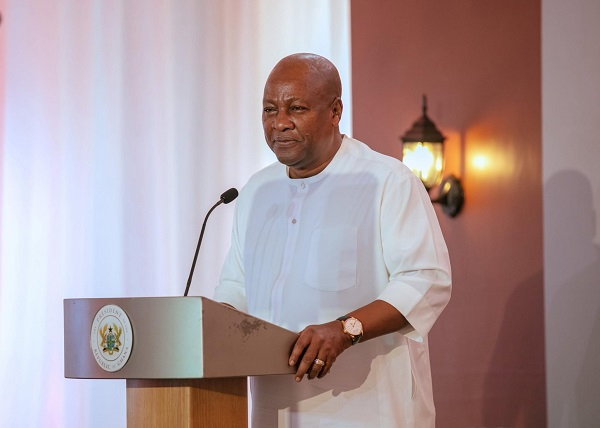'Rice was grown 10,000 years ago - it first linked India and Southeast Asia'

Dorian Q Fuller, Professor of Archaeobotany at University College London
Dorian Q. Fuller is Professor of Archaeobotany at University College London. Speaking to Srijana Mitra Das at Times Evoke, he discusses rice’s roots:What is the core of your research?I am both an archaeologist and a botanist. I collaborate on archaeological excavation projects where we recover preserved plant remains, consisting of the remnants of crops, weeds and wild, gathered foods as well as the wood fuel people used for cooking and fires. From that, we study which crops existed in past cultures and different places and how agriculture, plants and the human diet have changed.

A TRUE COMFORT FOOD: From the Nile valley to terraced fields in Vietnam, rice production prevails around Earth and feeds over half of the world’s population
Where was the earliest evidence of cultivated rice found?First, I should specify there are two distinct species of rice. There’s an African rice, cultivated traditionally in parts of West Africa which has a separate origin, and there’s Asian rice, grown in India, China, Japan, etc. Within Asian cultivated rice, there are two subspecies —
Indica
and Japonica, the former more dominant in South Asia, the latter in East Asia.In terms of the earliest evidence for cultivation, that seems related to the Japonica subspecies or its ancestors in China — this comes from parts of the
Yangtze River Basin
, the Middle Yangtze, like Hunan province, the lower Yangtze around Zhejiang and tributaries to the north, like the Huaihe river. There’s a good case to be made for multiple independent starts of cultivation in China going back 10,000 years.

.
Quite separately, you have an early use of wild rice in parts of northern India, especially in the Ganges River Basin, stretching into the Upper Ganges-Yamuna areas. When that was cultivated and domesticated is much debated — I’d say there is evidence for early cultivation in India 5,000 years ago and possibly even 9,000 years ago.Importantly, genetic evidence today shows there was ancient hybridisation between East Asian Japonicas and the ancestors of Indica. Introduced rices from East Asia mixed with local varieties in India and produced something new — Indica rice as known today. That explains our picture from modern genomes and archaeological evidence. I think the hybridisation occurred around 4,000 years ago, with an introduced variety that came to India via trade from East Asia.Did rice cultivation change landscapes?Yes — rice is unique among cereals in that it’s a wetland species. It likes a lot of water, in contrast to wheat, barley or millets, all semi-arid dryland species. As rice needs water, its initial cultivation, whether in the Yangtze or Ganges Valley, was in naturally flooded areas. As rice agriculture spread upland and southwards through the Deccan in India, it reached dry areas requiring irrigation. People then created bunded paddy fields that trapped rainwater — they started making artificial wetlands. That was transformative of the landscape.Did this also change social structures?Creating artificial wetlands and irrigation systems demands a lot of labour, alongside irrigated rice is highly productive and feeds many more people. As rice cultivation expanded in India and
Southeast Asia
, it encouraged population growth and density, early urbanisation and the rise of social hierarchy — the control of land, rice and labour to build irrigation works
fed
into more hierarchical societies.Did rice also impact animal life?Artificial wetlands are a challenge to plough — the water buffalo became suitable. They are native to India, where their domestication happened in the Harappan world independent of rice. As its cultivation grew, its use increased. Paddy fields also attract wetland small fauna and fish like carp. Some became sources of protein in traditional Southeast Asian systems and a comanagement of various kinds of fish in rice paddies developed.

.
Did rice entail interactions across these ancient societies?Yes. With the establishment of rice-based agricultural systems and early urbanisation in north India and the Ganges plains in the Iron Age around 3,000 years ago, craft specialisation started. Fine ceramics, stonework, beads, metallurgy, etc., began — these got traded over long distances. Our earliest evidence for contact between India and Southeast Asia is from then — you see the arrival of Indian-made ceramics, beads, etc., in Southeast Asia, alongside other Indian crops like mung and toor lentils turning up in sites in southern Thailand. Later, ideas of Buddhism and Hinduism spread in Southeast Asia but the first interaction was about craft and agriculture, supported by rice.

.
What are some of the most fascinating archaeobotanical rice relics you’ve seen?I’ve worked on the Tianluoshan site in China, discovered in 2004. It was one of the first places where we could recover the spikelet base of rice, a very small structure that attaches the grain to the plant — it undergoes a key morphological change as a result of domestication, where the plant loses the ability to disperse itself by shattering and now requires planting and harvesting by humans. In this archaeological material, we could see the actual gradual change of the population away from the wild, shattering type towards the domesticated type.

.

.
In 2006, I also visited the Lahuradeva site managed by the
Uttar Pradesh State Department of Archaeology
. It shows how people there were consuming rice 6,000 years ago, the debate being over how domesticated or wild that food was.What are the implications of climate change for rice — and vice versa?There are arguments that rice contributes to climate change because its wetland environments produce methane — that’s not from rice itself but the methanogenic microorganisms in the wetland waters. Of course, most global warming is from fossil fuel use. But there is research now on ways to grow rice that reduce methane output while ensuring productivity.

.
Meanwhile, climate change is altering rainfall distribution in time and space — that is challenging for ricegrowing because it may increase water shortages and drought. Hence, more drought-tolerant species, like millets, are another direction for research.How different is the rice we eat today, compared to ancient varieties?There are continuities and changes. Interestingly, wild rice populations had red grains — now, that’s relatively rare compared to white or brown rice today. Earlier, people selected varieties partly for aesthetics and because it was thought white rice cooks faster and tastes different. People also selected for fragrance, from
basmati
to jasmine. There is no evidence that any of the wild rices were fragrant, though, so that’s a mutation.There’s been selection for stickiness in Southeast Asia with glutinous rices, which also didn’t exist in wild varieties. So, in its long cultural history, humans have changed rice, from a more standard wild form to very different kinds across diverse cultures.








